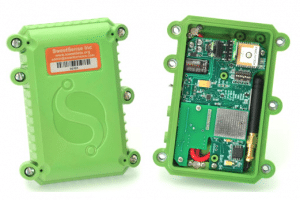
Agriculture
June 26, 2024
SWEETSense Technologies
Read SolutionImplemented by
SweetSense Inc
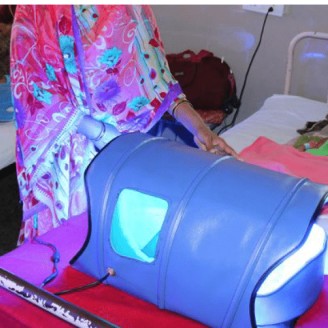
Updated on February 8, 2024
·Created on June 30, 2016
A battery operated tool to treat jaundice in newborns
The Bili-Hut™ is a high-intensity jaundice treatment device designed by Donna Brezinski for babies everywhere.
Target SDGs
SDG 3: Good Health and Well-Being
Target Users (Target Impact Group)
Small and Medium-sized Enterprises, Public Sector Agencies, NGOs
Distributors / Implementing Organizations
Not applicable. The device has not yet been commercialized and is still in the prototype/testing stage.
Competitive Landscape
Direct competitors include Bilisense Jaundice Treatment Pad, D-Rev Brilliance Pro, and Brilliance Phototherapy Device.
Regions
Africa, Mediterranean Sea Area, Southeast Asia
Manufacturing/Building Method
According to the 2016 WHO Compendium, the device has simple, fabric construction and is manufactured mainly by sewing, enabling construction near points of use in many developing regions. The LED light array and electrical components are assembled from off-the-shelf components.
Intellectural Property Type
Patent
User Provision Model
As the product is not yet commercially available, this is likely still subject to change. However, it is meant to work completely off the grid, with the fabrication simple such that local textile mills or other factories can make them for clinics nearby to acquire.
However, according to the 2016 WHO Compendium, local delivery and assembly of light array component parts that comply with quality standards may pose challenges.
Distributions to Date Status
None have been commercially distributed, but prototypes have been tested in pilot studies in a rural clinic, with more field testing on its way to other sites.
Average spectral irradiance (μW/cm2/nm)
Meets irradiance recommendations as recommended by the American Academy of Pediatrics.
Device dimensions
558 mm Length x 355 mm Width x 292 mm Height
Device weight (kg)
3 kg
Effective surface area (cm)
Unknown
Illumination source
Embedded LED strips that are commercially available and reflect off of interior Mylar material used for thermal blankets.
Irradiance uniformity ratio
Unknown
Lamp duration (hrs)
Battery life at full charge of 10 hours
Max power consumption (W)
17 W
Peak wavelength (nm)
According to the 2016 WHO Compendium, the device meets the wavelength recommendations established by the American Academy of Pediatrics.
Recommended treatment distance (cm)
Unknown
Time totalizer (machine run/therapy)
Unknown
Voltage type
Voltage Required: 110 V/220V, AC powered
Design Specifications
The Bili-Hut™ can operate for an extended time on a 12 V battery. It can be transported in a standard shipping tube. Its tent-like configuration keeps the light fixed at the appropriate height from the baby.
According to the 2016 WHO Compendium, the product specifications are as follows:
Technical Support
According to the 2016 WHO Compendium, the training required will be to set up the device and follow operation instructions as provided. As the product is still not commercialized, the structure for technical support has not been finalized yet - ideas include providing help in person or with a written user manual. However, the designers claim that the device is very intuitive and requires minimal training time.
Replacement Components
All the parts are off-the-shelf and can be replaceable.
Lifecycle
According to the 2016 WHO Compendium, the estimated lifetime of the technology is 2-5 years, with an estimated shelf life of 5-10 years.
Manufacturer Specified Performance Parameters
Little Sparrows Technologies states that the ideal phototherapy device needs to be lightweight and collapsible so it can be easily transported. The main manufacturing process should be something simple, like sewing.
Vetted Performance Status
None formally available. A blog post by a physician at Kibuye Hope Hospital in Burundi exists that expresses her thoughts on the Bili-Hut that was donated to her hospital. According to the WHO Compendium, 50 infants have been treated since then, with results for the first 35 patients presented at the Pediatric Academic Societies meeting in May 2016.
Safety
Expert advisors suggest that the closed access of this product might lead to a wide variety of usage issues. The product might need risk mitigation measures to ensure the safety of the neonate.
Scientists at Stanford University (refer for Academic Research for full study) expressed concerns that the tent design may hinder close supervision of infants, which is crucial during the first week of life, and suggested safety testing for the possibility of causing overheating and infection.
Complementary Technical Systems
Infant eye shield and thermometer
Academic Research and References
Brezinski, D., Lee, A. C., & Coda-Zabetta, C., 2019, “Bilikit–a comprehensive jaundice management package for resource challenged areas,” Gates Open Res, 3.
Biru, B., Dixit, S., Ogbuoji, O., Fernholz, F., Shahid, M., & Udayakumar, K., 2020, “Evaluating Saving Lives at Birth ,”.
Little Sparrows Technolgies, “Portable Phototherapy Device“, European Patent Office
Bailey, Melissa, “Longwood hospitals plan raises cost concerns“, The Boston Globe, 2015.
Botelho Alyssa, “Portable jaundice therapy could save infants’ lives“, New Scientist, 2013
Compliance with regulations
The device received FDA approval for use in the United States, but the designer says that the Bili-Hut provides the intensity and quality of light recommended by the American Academy of Pediatrics and used by other blankets and lamps approved by the FDA.
Evaluation methods
Unknown
Other Information
None

Agriculture
June 26, 2024
Implemented by
SweetSense Inc
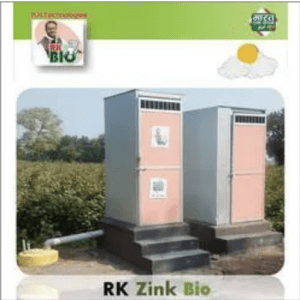
Agriculture
August 13, 2024
Implemented by
R.K. Technologies
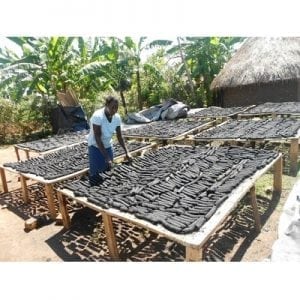
Agriculture
November 22, 2024
Implemented by
Appropriate Energy Saving Technologies Limited (AEST)
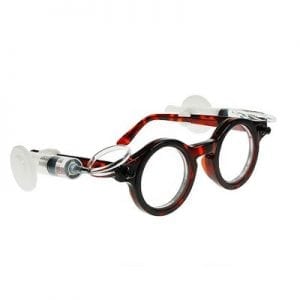
Agriculture
February 5, 2024
Implemented by
Centre for Vision in the Developing World
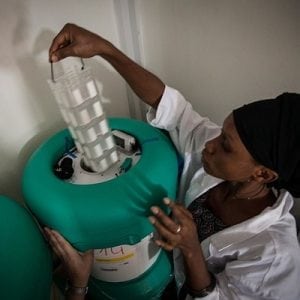
Agriculture
February 20, 2024
Implemented by
Intellectual Ventures Lab
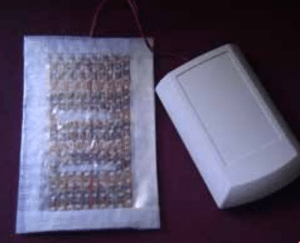
Agriculture
March 1, 2024
Implemented by
Infantrust Parenting Solutions
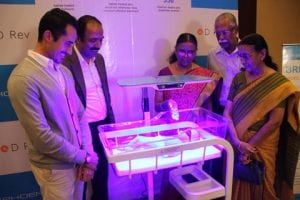
Agriculture
February 16, 2024
Implemented by
Equalize Health
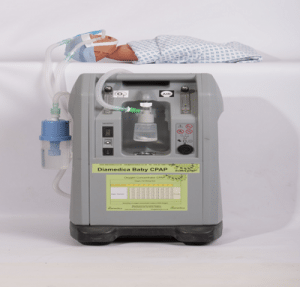
Agriculture
September 27, 2024
Implemented by
Diamedica
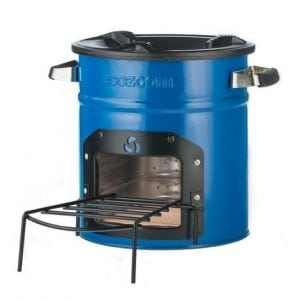
Agriculture
December 2, 2024
Implemented by
BioLite
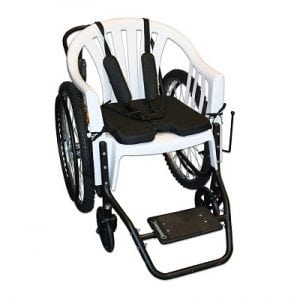
Agriculture
February 29, 2024
Implemented by
Free Wheelchair Mission
Have thoughts on how we can improve?
Give Us Feedback
Is this reusable (after an infant cleared from hypothermia risk, can another one use it)? Re-usability is an important factor to consider, given relatively higher price of the product for its target distribution settings.
Arun Venkatesan says:
Portablity is a plus – although I’m worried about
a. is there a use case for phototherapy in non-clinical settings?
I understand the remote resource limited scenario well, but without some skilled supervision, this needs some thought. AAP guidelines recommends evaluating response after 8 hours to see if PT is effective.
if not alternate treatment is needed – so handling such scenarios is needed.
b. risk analysis for use / abuse conditions needed. eg. is this inside a bassinet / crib – if no rollover hazard needs to be handled. Neonates are highly active and enterprising beings!
At USD 300 – wont 100$ more get a full fledged (althoug not portable) unit?